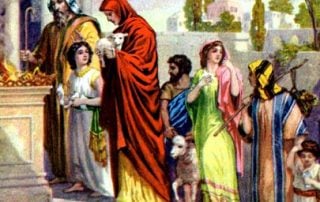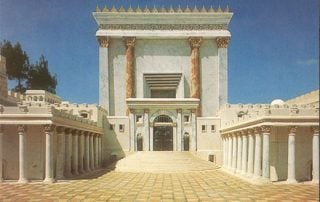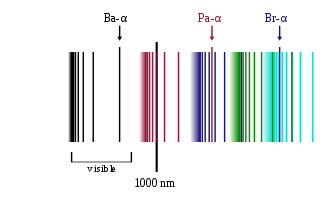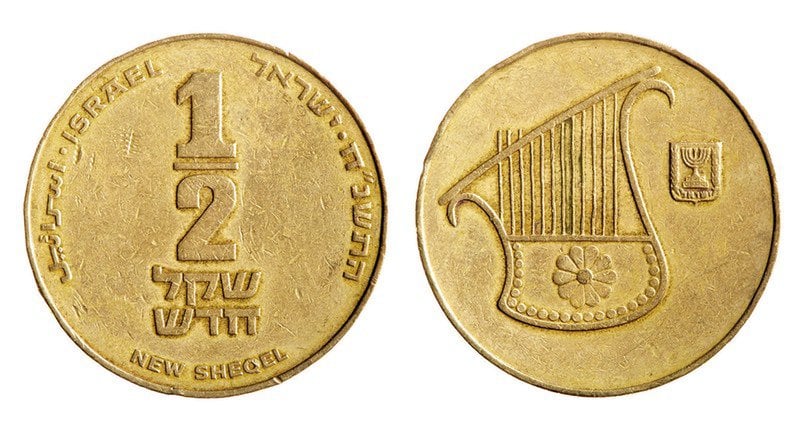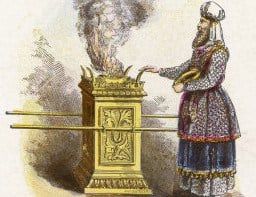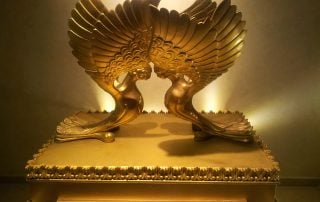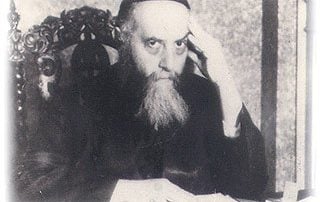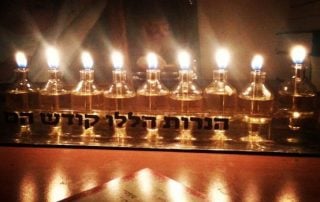First Fruits and the Wave-Particle Duality of Nature
…Thou shalt take of the first of all the fruit of the ground, which thou shalt bring in from thy land that the Lord thy G‑d giveth thee; and thou shalt put it in a basket and shalt go unto the place which the Lord thy G‑d shall choose to cause His name to dwell there. And thou shalt come unto the priest that shall be in those days, and say unto him: 'I profess this day unto the Lord thy G‑d, that I am come unto the land which the Lord swore unto our fathers to give us.' And the priest shall take the basket out of thy hand, and set it down before the altar of the Lord thy G‑d. Deuteronomy 26:2-4 The debate about the nature of matter goes back [...]

